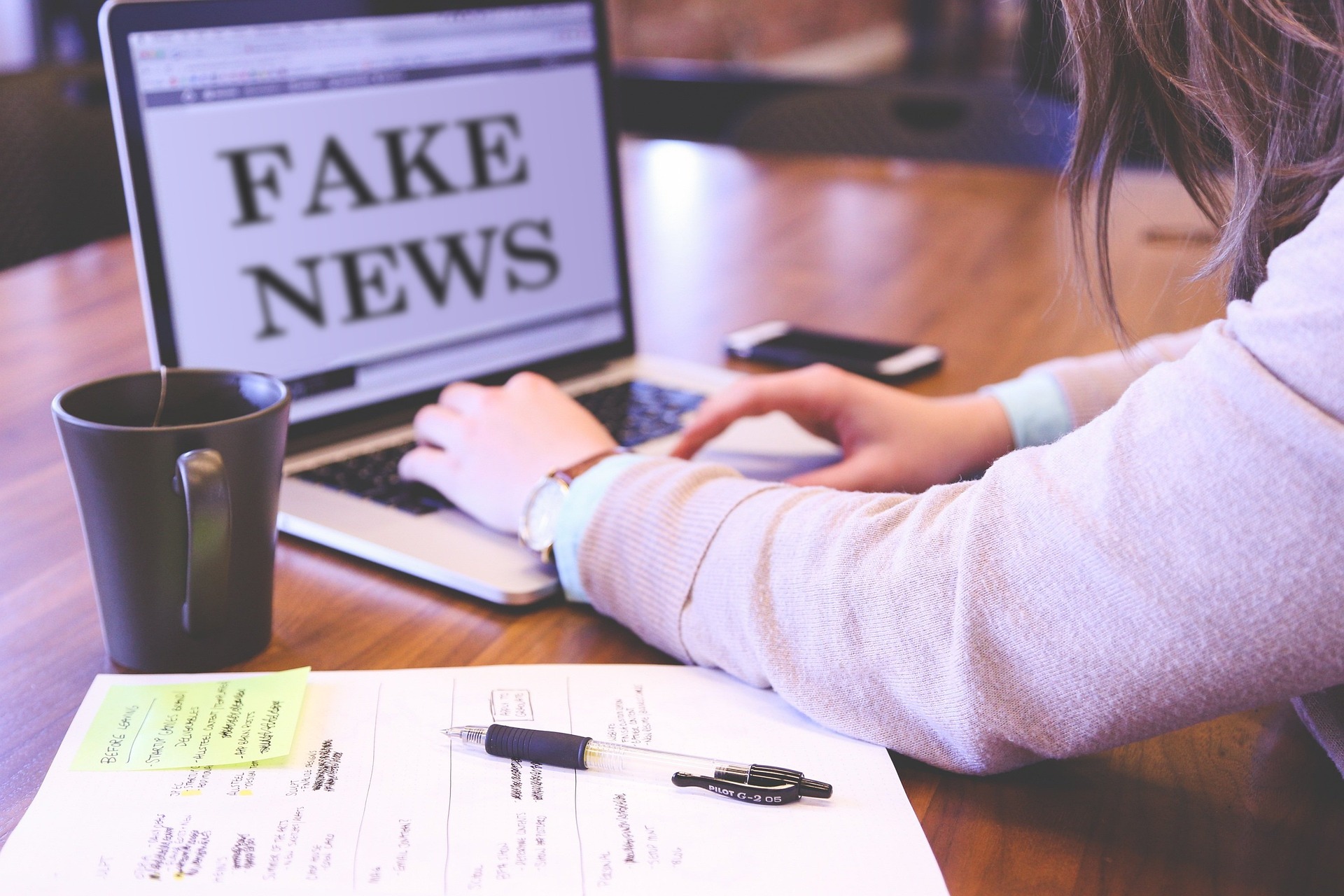Unmasking the Phenomenon of Deepfake Technology
Deepfake technology is making waves in the world of computers and electronics, raising both fascination and concern. It's a technological marvel, but its potential misuse is troubling. Read below to delve deeper into the world of deepfakes.

What are Deepfakes?
Deepfake technology refers to the application of artificial intelligence to create or alter video content, making it appear that something happened when it did not. In essence, deepfakes are synthetic media where a person in an existing image or video is replaced with someone else’s likeness.
The Technology Behind Deepfakes
Deepfakes are created using deep learning, a subset of machine learning which structures algorithms in layers to create an artificial neural network that can learn and make intelligent decisions on its own. This technology uses a method called autoencoders, which involves encoding information, compressing it, and then decoding it to create an output.
Potential Applications of Deepfakes
Deepfake technology has several potential applications. Entertainment is an obvious one, where the technology can be used for movies and video games to create more realistic characters or scenarios. It also has potential in education, where it could be used to recreate historical speeches or events for a more engaging learning experience.
The Dark Side of Deepfakes
However, the potential misuse of deepfake technology is a growing concern. It could be used to create fake news, political propaganda, or even fraudulent activities. The ability to convincingly depict people saying or doing things they did not can have serious societal implications. Hence, there’s a pressing need for regulations and countermeasures to prevent the misuse of this technology.
Countering Deepfakes: A Race Against Time
As deepfakes become more sophisticated, so does the technology to detect them. Researchers are developing machine learning algorithms to identify and flag deepfake content. However, it’s a race against time as both technologies continue to evolve at a rapid pace.
Useful Tips and Facts: - Deepfakes rely on large amounts of data to create a believable fake, including many images of the person being imitated. - One of the key indicators of a deepfake is unnatural blinking patterns. - Despite the concerns, some believe that deepfakes will become an accepted part of our digital reality, just as Photoshop is today.
To conclude, deepfake technology is a double-edged sword. It’s a testament to the impressive advances in AI and machine learning, but its potential for misuse presents a serious challenge. As we continue to explore the capabilities and implications of this technology, it’s crucial to balance innovation with ethical considerations and safeguards.




